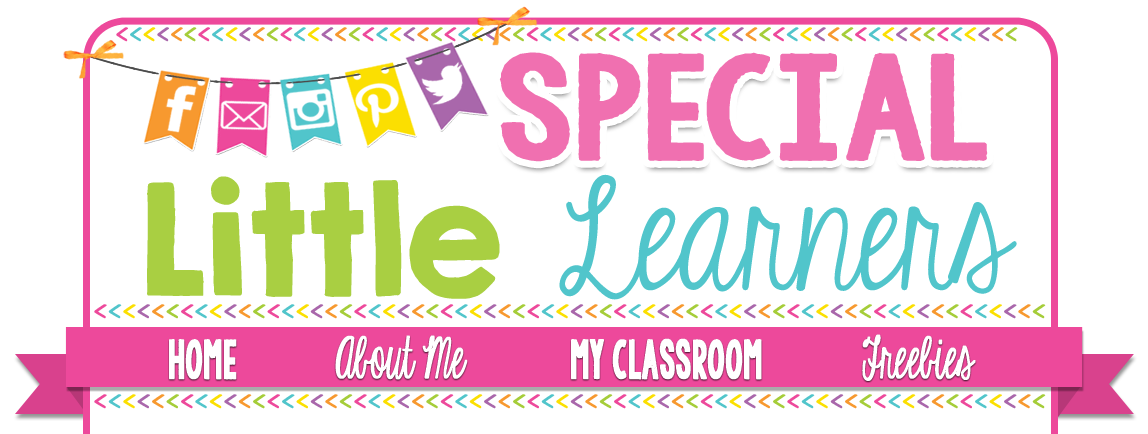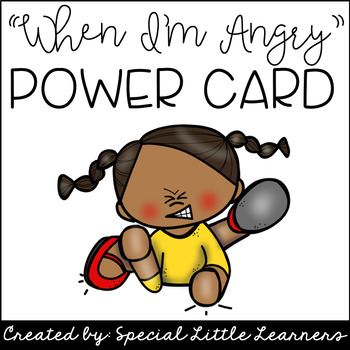What is a Power Card:
Power cards are a type of social narrative, similar to a social story. Unlike social stories, power cards are one page stories that include a topic that the student is very interested in. They are often paired with a social story. The cards describe the rules of how a student should behave in a certain situation (i.e. following rules in the lunchroom, following a classroom routine, or using calming strategies). They are an evidence-based practice for students with autism, but can be a helpful visual for many students.
Developing a Power Card:
If you want to use a power card with a student, first identify the behavior you want to address. For example, I have used a power card with a student to increase the usage of coping skills when becoming upset. This particular student didn't have a strong interest in any one topic, so I made their power card generic. You can use specific characters or items that the student enjoys when creating a power card (i.e. Paw Patrol characters, Dora the Explorer, superheroes, etc).
Once you identify the behavior, think about the reasons for the unexpected behavior and develop rules outlining the expected behavior.
How to Use:
Be sure to introduce the card to the
student. Read through it and talk to them about it in a one-on-one setting. Ask
them comprehension questions about the card. You can have them read the card
before a situation that might trigger them or hand them the card when they
begin to become upset. You can also have the student practice using the card in role playing situations.
I have also placed the card on a
student’s desk at all times, so that it’s easily accessible. I would suggest only using the card in this way when a student has shown that they are able to use the card independently.
I have created a generic power card to help a student know what to do when they are angry. It can be found HERE.






















